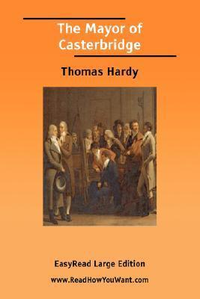Phil, the Fiddler

Summary
"Phil, the Fiddler" by Horatio Alger, Jr. is a novel written in the late 19th century that highlights the experiences of children in urban poverty. The story centers around a young Italian boy named Phil, who navigates the brutal life of a street musician under the oppressive control of a padrone, or master. Through Phil's struggles, the novel explores themes of friendship, exploitation, and the yearning for freedom. At the start of the narrative, we meet Phil, a spirited young boy who plays the violin and sings in the streets of New York City to earn money. Despite the challenging circumstances he faces, including the threat of violence from his padrone if he fails to meet daily monetary quotas, Phil maintains an optimistic attitude. His interactions with other street children, particularly his companion Giacomo, reveal the harsh realities of their existence, such as poverty, harsh treatment, and longing for their homes in Italy. The opening chapters set the stage for a poignant tale of resilience and the desperate hope for a better future amid dire circumstances. (This is an automatically generated summary.)
Similar Books
-
 The Mayor of Casterbridge
The Mayor of Casterbridgeby Thomas Hardy
-
 Vicky Van
Vicky Vanby Wells, Carolyn, 1862-1942
-
 Ragged Dick, Or, Street Life in New York with the Boot-Blacks
Ragged Dick, Or, Street Life in New York with the Boot-Blacksby Alger, Horatio, Jr., 1832-1899
-
 Felix O'Day
Felix O'Dayby Smith, Francis Hopkinson, 1838-1915
-
 Jonah
Jonahby Stone, Louis, 1871-1935
-
 Psmith, Journalist
Psmith, Journalistby Wodehouse, P. G. (Pelham Grenville), 1881-1975
-
 Shavings: A Novel
Shavings: A Novelby Lincoln, Joseph Crosby, 1870-1944
-
 Zuleika Dobson; Or, An Oxford Love Story
Zuleika Dobson; Or, An Oxford Love Storyby Beerbohm, Max, Sir, 1872-1956
-
 Jude the Obscure
Jude the Obscureby Hardy, Thomas, 1840-1928